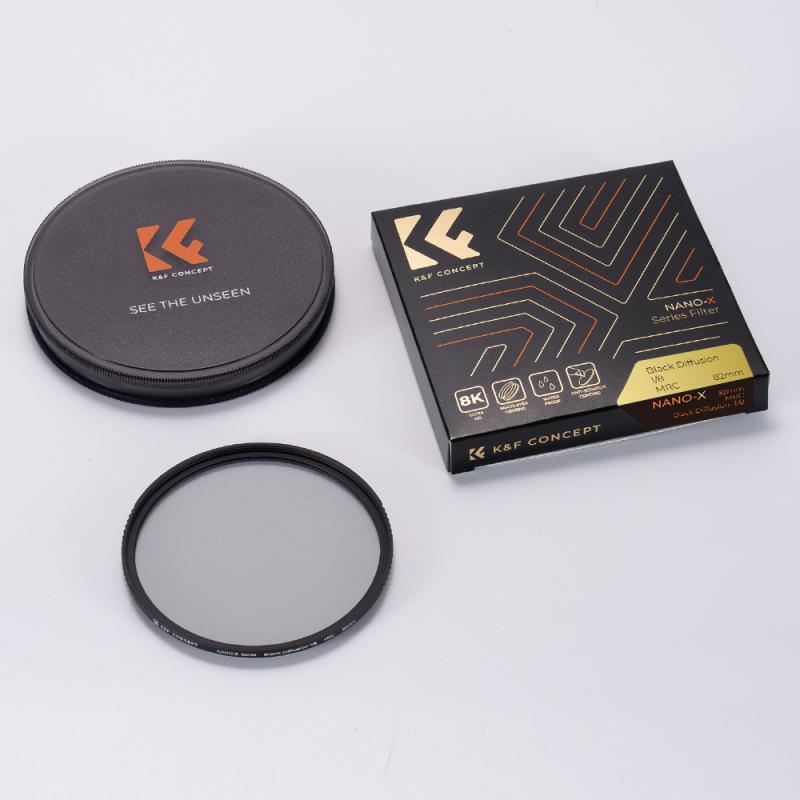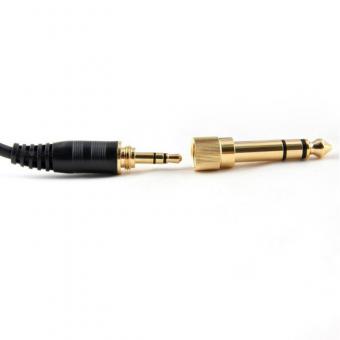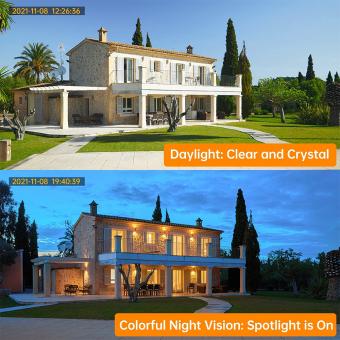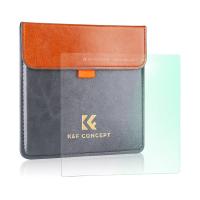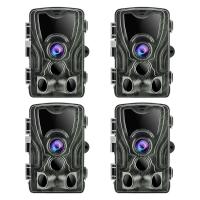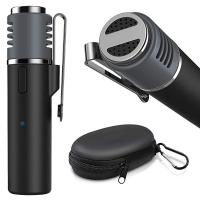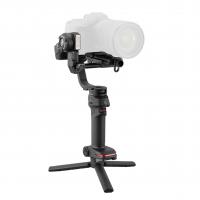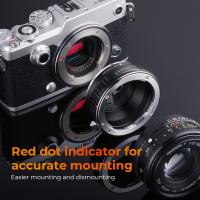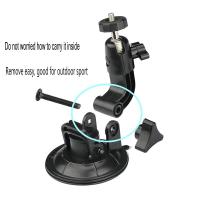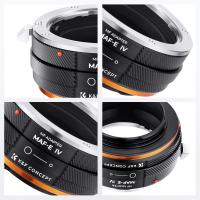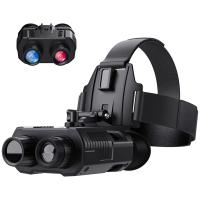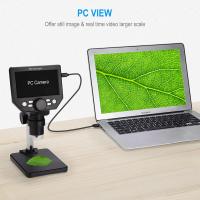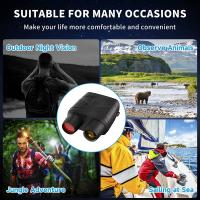How To Make Your Own Nd Filter ?
To make your own ND (Neutral Density) filter, you can follow these steps:
1. Obtain a piece of glass or acrylic sheet: Look for a clear piece of glass or acrylic sheet that is large enough to cover your camera lens.
2. Determine the desired density: Decide on the level of light reduction you want to achieve. This will determine the thickness of the material you need. Thicker material will provide more light reduction.
3. Cut the material: Use a glass cutter or a saw to cut the glass or acrylic sheet to the size of your lens diameter. Make sure to measure accurately and wear appropriate safety gear.
4. Sand the edges: Use sandpaper to smooth the edges of the cut material. This will prevent any sharp edges that could potentially scratch your lens.
5. Attach the filter: Use a filter holder or a step-up ring to attach the homemade ND filter to your camera lens. Ensure it is securely fastened.
6. Test and adjust: Experiment with different exposure settings to achieve the desired effect. You may need to adjust your camera's settings to compensate for the light reduction.
Remember, making your own ND filter requires precision and caution. It may not provide the same quality as commercially available filters, but it can be a cost-effective solution for experimentation or temporary use.
1、 Understanding ND Filters: Types, Uses, and Benefits
Understanding ND Filters: Types, Uses, and Benefits
An ND (Neutral Density) filter is a valuable tool for photographers and videographers, allowing them to control the amount of light entering the camera lens. This filter is particularly useful in situations where there is too much light, such as bright outdoor scenes or when shooting long exposures. While there are various types of ND filters available in the market, some photographers may prefer to make their own ND filter to suit their specific needs.
To make your own ND filter, you will need a few materials: a piece of glass or acrylic sheet, a filter holder or adapter ring, and a material that can reduce the amount of light passing through, such as welding glass or a piece of exposed and developed black and white film.
Start by cutting the glass or acrylic sheet to the desired size and shape. Then, attach the material that reduces light transmission to the glass or acrylic sheet. This can be done by carefully securing the welding glass or black and white film to the sheet using adhesive or tape.
Next, attach the homemade ND filter to a filter holder or adapter ring that fits your camera lens. This will allow you to easily mount and remove the filter as needed.
It is important to note that homemade ND filters may not provide the same level of quality and precision as commercially available filters. They may introduce color casts or reduce image sharpness. However, for photographers on a budget or those looking for a creative DIY project, making your own ND filter can be a fun and cost-effective option.
In conclusion, while making your own ND filter is possible, it is important to consider the limitations and potential drawbacks. Commercially available ND filters offer a wider range of options in terms of quality, precision, and compatibility with different camera systems. However, for those willing to experiment and explore their creativity, a homemade ND filter can be a viable alternative.

2、 Choosing the Right Materials for DIY ND Filters
Choosing the Right Materials for DIY ND Filters
If you're a photography enthusiast looking to experiment with long exposure photography or achieve a shallow depth of field in bright lighting conditions, using a neutral density (ND) filter can greatly enhance your results. While there are various ND filters available in the market, making your own DIY ND filter can be a cost-effective and creative option. Here's a guide on how to choose the right materials for your DIY ND filter:
1. Filter Material: The most crucial component of an ND filter is the material that reduces the amount of light entering the lens. Welding glass, specifically shade 10 or 11, is a popular choice due to its affordability and light-blocking capabilities. However, it's important to note that welding glass may introduce color casts or reduce image sharpness. Alternatively, you can explore options like optical resin sheets or gel filters, which are specifically designed for photography purposes.
2. Filter Holder: To attach the ND filter to your lens, you'll need a filter holder. There are various options available, including screw-on filter holders or square filter systems. Screw-on holders are easier to use but limit the flexibility of using multiple filters simultaneously. Square filter systems, on the other hand, offer more versatility but require additional adapters and filter holders.
3. Filter Density: ND filters come in different densities, indicated by their f-stop reduction capabilities. Common densities range from ND2 (1-stop reduction) to ND1000 (10-stop reduction). The choice of density depends on the desired effect and lighting conditions you plan to shoot in. It's recommended to start with a 3-stop or 6-stop ND filter for general use.
4. Filter Size: Ensure that the filter size matches the diameter of your lens. Most lenses have the filter size mentioned on the front, or you can refer to the lens specifications. If you have multiple lenses with different filter sizes, consider investing in a step-up or step-down ring to adapt the filter to different lenses.
5. Filter Mounting: Depending on the type of filter holder you choose, you may need additional mounting accessories like adapter rings or filter frames. These accessories ensure a secure and stable attachment of the filter to the lens.
When making your own DIY ND filter, it's important to keep in mind that the quality of the materials used may affect the image quality. Experimentation and testing are key to achieving the desired results. Additionally, always ensure the safety of your camera and lens while attaching or detaching the filter to avoid any damage.
Note: The latest point of view may vary depending on advancements in filter technology and availability of new materials. It's recommended to stay updated with the latest developments in the field of photography and ND filters.
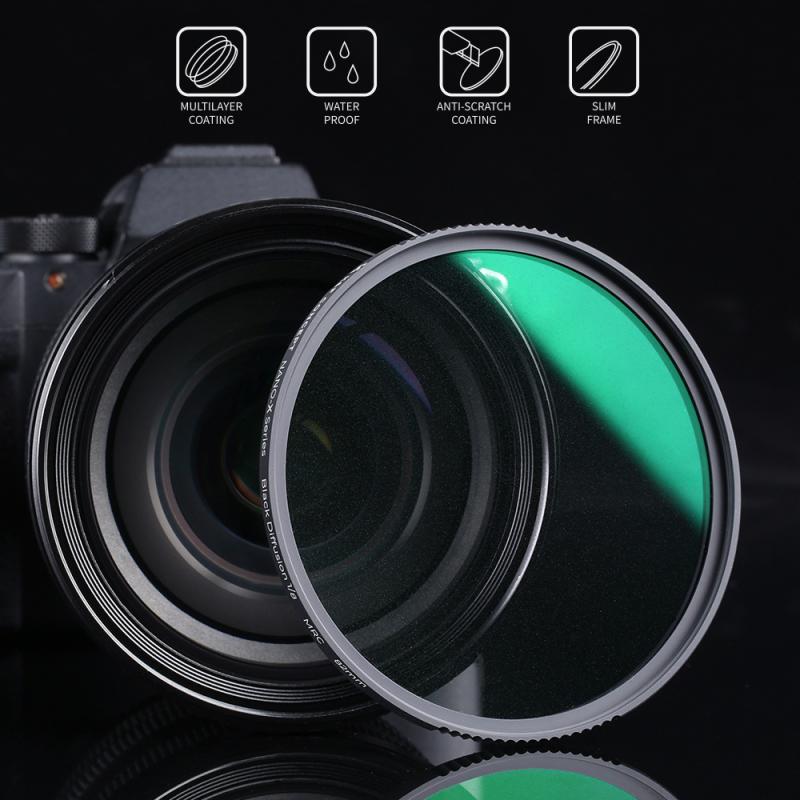
3、 Step-by-Step Guide to Creating a Homemade ND Filter
Step-by-Step Guide to Creating a Homemade ND Filter
Neutral Density (ND) filters are essential tools for photographers and videographers, allowing them to control the amount of light entering the camera lens. While there are various ND filters available in the market, making your own can be a cost-effective and creative solution. Here's a step-by-step guide to creating a homemade ND filter:
1. Gather the necessary materials: You will need a square or rectangular piece of glass or acrylic, a filter holder or adapter ring that fits your lens, and a material to create the desired density, such as welding glass or a piece of sunglasses lens.
2. Measure and cut the glass or acrylic: Using a ruler and glass cutter, measure and cut the glass or acrylic to fit the filter holder or adapter ring. Ensure that the dimensions match your lens diameter.
3. Create the desired density: Place the welding glass or sunglasses lens material on top of the cut glass or acrylic. Experiment with different layers or densities to achieve the desired effect. Keep in mind that the darker the material, the higher the density.
4. Secure the layers: Use adhesive or tape to secure the layers together, ensuring they are aligned properly. Be careful not to damage the glass or acrylic during this process.
5. Attach the homemade ND filter: Insert the filter into the filter holder or attach it to the adapter ring on your lens. Make sure it fits securely and does not obstruct the lens view.
6. Test and adjust: Take test shots in different lighting conditions to determine the effectiveness of your homemade ND filter. Adjust the density by adding or removing layers as needed.
It's important to note that homemade ND filters may not provide the same level of quality and precision as commercially available ones. However, they can be a fun and cost-effective option for experimenting with different densities and effects. Always exercise caution when using homemade filters and ensure they do not damage your camera or lens.
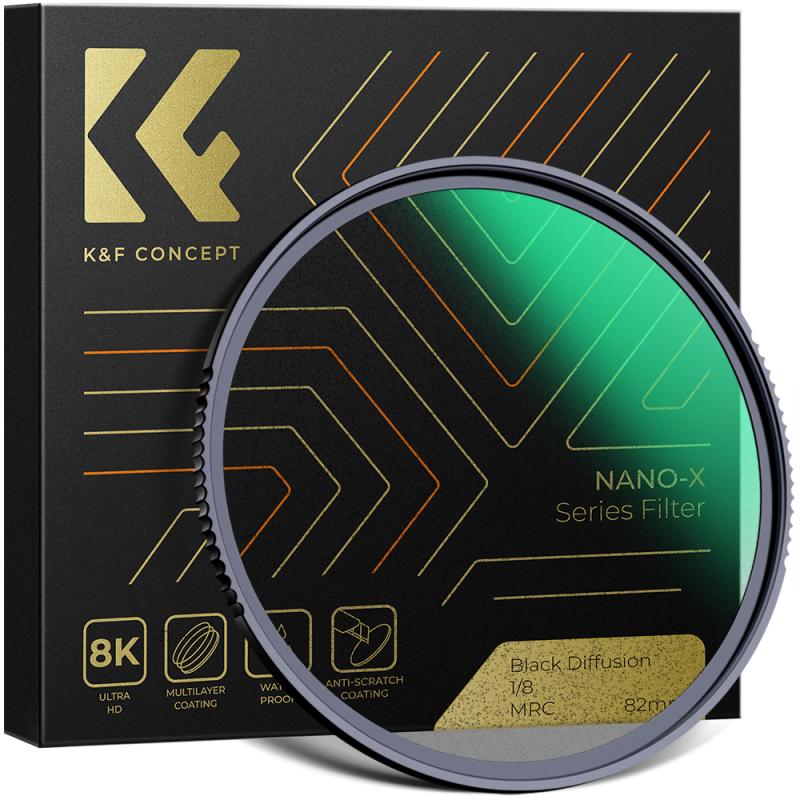
4、 Testing and Adjusting DIY ND Filters for Accuracy
Testing and Adjusting DIY ND Filters for Accuracy
Making your own ND filter can be a cost-effective solution for photographers and videographers who want to experiment with long exposure photography or achieve a specific effect. However, it is important to ensure that your DIY ND filter is accurate and provides the desired level of light reduction. Here are some steps to test and adjust your DIY ND filter for accuracy:
1. Determine the desired light reduction: Decide on the amount of light reduction you want to achieve with your ND filter. This will help you determine the appropriate materials and techniques to use.
2. Select the right materials: Choose a material that can effectively reduce light without distorting the image quality. Welding glass, gel filters, or even sunglasses can be used as a starting point.
3. Measure the light reduction: Use a light meter or a camera's built-in light meter to measure the light reduction provided by your DIY ND filter. Compare the readings with the expected light reduction to determine if any adjustments are needed.
4. Adjust the filter density: If the light reduction is not accurate, you can adjust the filter density by adding or removing layers of the chosen material. Experiment with different combinations until you achieve the desired light reduction.
5. Test for color cast: Some DIY ND filters may introduce a color cast to the image. Take test shots with your filter and examine them for any unwanted color shifts. If a color cast is present, consider using additional materials or techniques to counterbalance it.
6. Fine-tune and repeat: Continuously test and adjust your DIY ND filter until you achieve the desired accuracy and image quality. Keep in mind that different lighting conditions may require different adjustments.
It is important to note that while making your own ND filter can be a fun and cost-effective option, commercially available filters are specifically designed and tested for accuracy. Therefore, if you require precise and consistent results, investing in a high-quality ND filter may be the best option.
